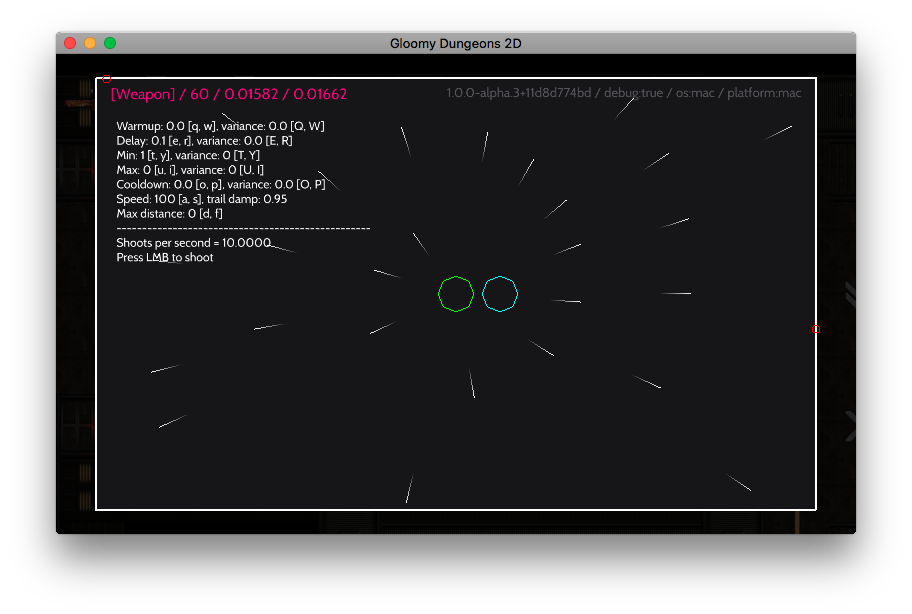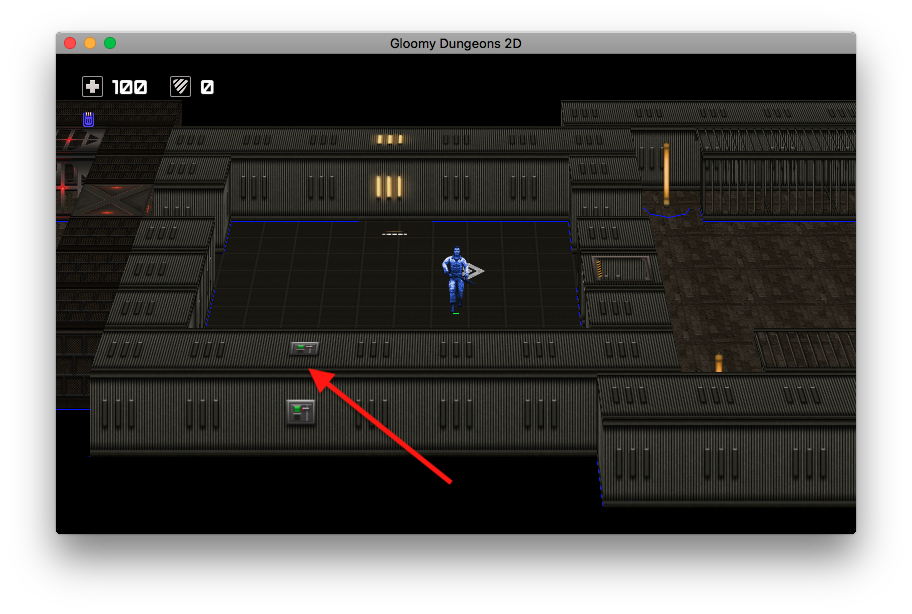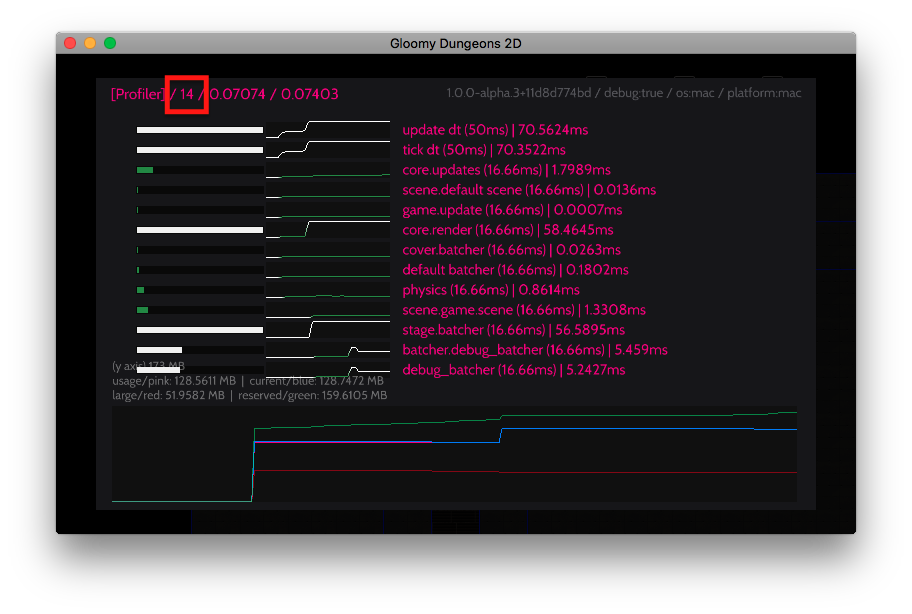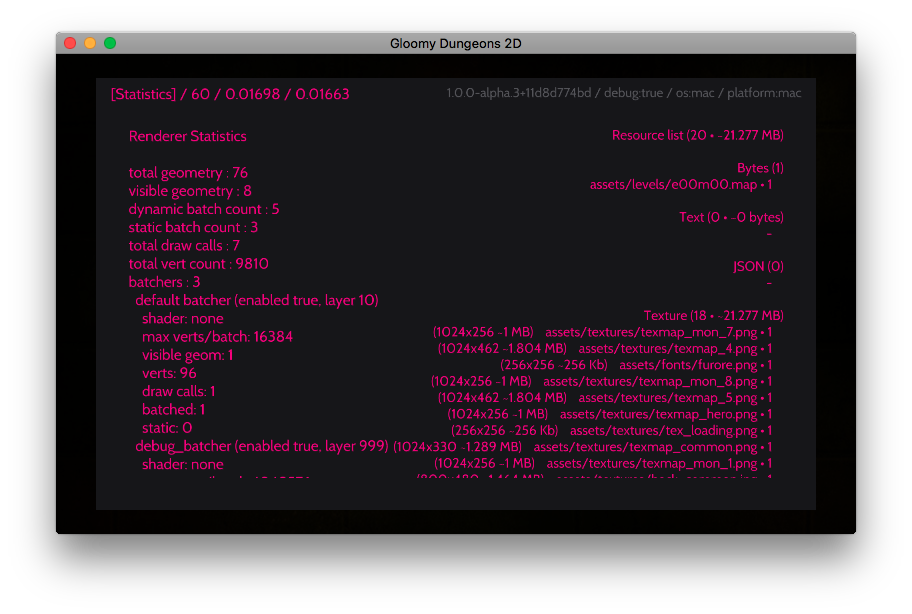Why post is named “GD: dev log #11” instead of “GD2D: dev log #11”? Because at the moment I develop two games: GD2D (only me, without others) and Fire Strike (code name: “Gloomy Dungeons Cartoon”), with help of Otabek Gulomov aka Leo, who redrawed from scratch almost all graphics from GD2 in cartoon-style.
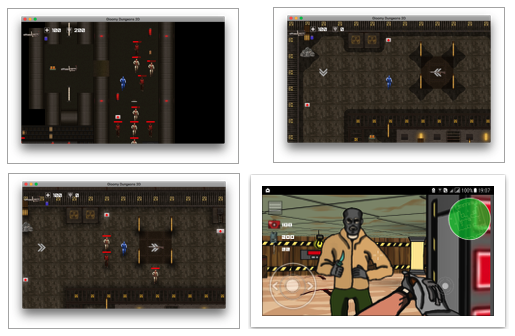
I have not written anything for a long time, and this has a strong reason…

